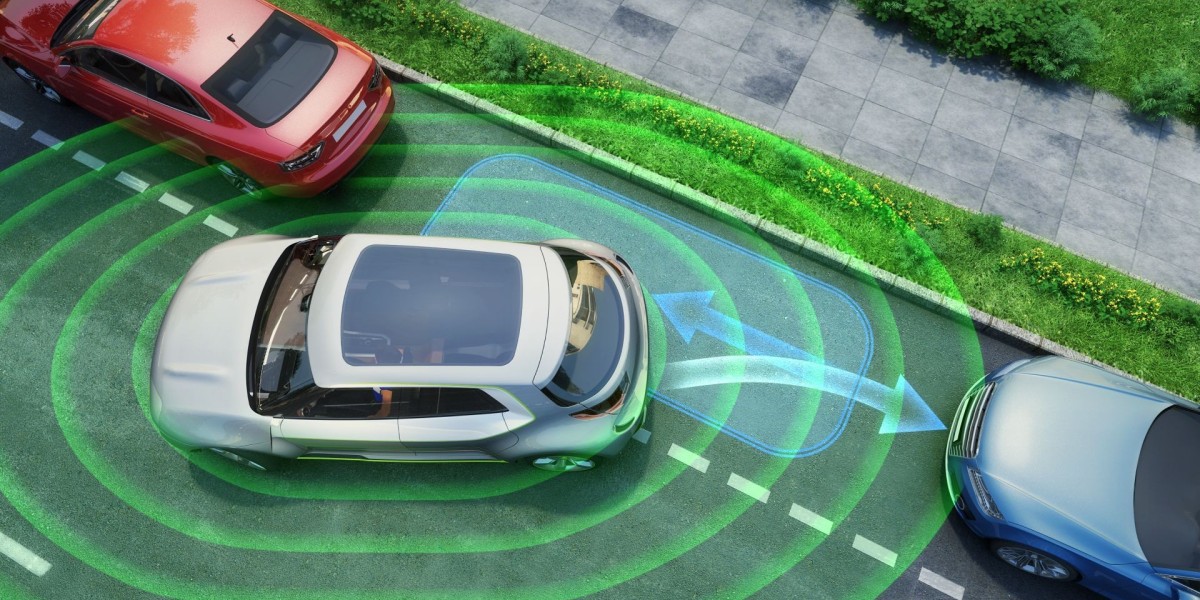In 2025, the automotive industry is witnessing a remarkable transformation driven by advancements in ultrasonic sensor technology. These sensors, which use sound waves to detect objects and measure distances, are becoming integral to modern vehicles, enhancing safety, efficiency, and automation. As the demand for smarter and safer vehicles grows, automotive ultrasonic sensors are at the forefront of this evolution.
The Rise of Ultrasonic Sensors
Ultrasonic sensors have been around for decades, primarily used in applications like parking assistance and obstacle detection. However, recent technological advancements have expanded their capabilities significantly. In 2025, these sensors are not only more accurate but also more compact and cost-effective, making them accessible to a broader range of vehicles, from economy cars to luxury models.
The global automotive ultrasonic sensor market is projected to reach $8 billion by the end of 2025, reflecting a compound annual growth rate (CAGR) of 12% from previous years. This surge is driven by the increasing integration of advanced driver-assistance systems (ADAS) and the push towards autonomous driving.
Enhanced Safety Features
One of the primary benefits of ultrasonic sensors in vehicles is their ability to enhance safety. In 2025, manufacturers are incorporating these sensors into various safety features, including:
Adaptive Cruise Control: Ultrasonic sensors help maintain a safe distance from other vehicles, adjusting speed automatically to prevent collisions.
Automatic Emergency Braking: By detecting obstacles in real-time, these sensors can trigger automatic braking, significantly reducing the risk of accidents.
Blind Spot Detection: Ultrasonic sensors monitor blind spots, alerting drivers to the presence of vehicles, thereby preventing unsafe lane changes.
Parking Assistance: Enhanced parking systems utilize ultrasonic sensors to guide drivers into tight spaces, minimizing the chances of collisions with surrounding objects.
These features not only improve driver and passenger safety but also contribute to a more relaxed driving experience, particularly in urban environments where traffic congestion is common.
Integration with Autonomous Technology
The integration of ultrasonic sensors with autonomous driving technology is another significant trend in 2025. As car manufacturers strive to achieve Level 4 and Level 5 autonomy, ultrasonic sensors play a crucial role in providing the necessary data for navigation and obstacle detection.
In fully autonomous vehicles, ultrasonic sensors work in conjunction with cameras, radar, and LIDAR systems to create a comprehensive 360-degree view of the vehicle's surroundings. This multi-sensor approach enhances the vehicle's ability to make real-time decisions, ensuring safe navigation in complex environments.
Environmental Impact and Efficiency
In addition to safety, ultrasonic sensors contribute to improved vehicle efficiency. By providing accurate data on vehicle surroundings, these sensors enable features like:
Eco-Driving Assistance: Ultrasonic sensors can analyze traffic patterns and recommend optimal speeds, helping drivers save fuel and reduce emissions.
Smart Parking Solutions: Automated parking systems utilize ultrasonic sensors to find available parking spaces, reducing the time spent searching for a spot and lowering carbon emissions.
The environmental benefits of ultrasonic sensors align with the automotive industry's broader goals of sustainability and reduced carbon footprints. As regulations tighten around emissions and fuel efficiency, the adoption of these technologies will become increasingly critical.
Challenges and Future Prospects
Despite the advantages, the widespread adoption of ultrasonic sensors faces several challenges. One of the primary concerns is the reliability of these sensors in adverse weather conditions, such as heavy rain or fog. Manufacturers are investing in research to enhance the robustness of ultrasonic sensors, ensuring they perform reliably in various environments.
Moreover, the cost of integrating multiple sensors into vehicles can be a barrier, particularly for budget-conscious consumers. However, as technology advances and production scales up, the costs are expected to decrease, making these features more accessible to a wider audience.
Looking ahead, the future of automotive ultrasonic sensors is promising. As the industry moves towards greater automation and connectivity, these sensors will play a pivotal role in shaping the next generation of vehicles. Innovations such as smart city integration, where vehicles communicate with infrastructure to optimize traffic flow, are on the horizon.
In 2025, automotive ultrasonic sensors are revolutionizing the automotive landscape, enhancing safety, efficiency, and automation. As manufacturers continue to innovate and integrate these technologies, consumers can expect a safer and more efficient driving experience. The journey towards fully autonomous vehicles is well underway, and ultrasonic sensors are leading the charge, paving the way for a new era in automotive technology. As we embrace these advancements, the future of driving looks brighter than ever.








